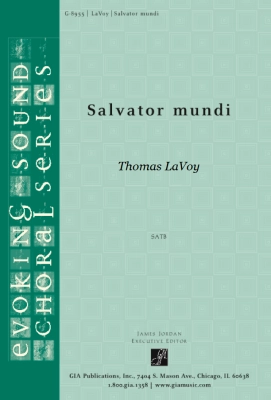Opens in a new window
GIA Publications Salvator Mundi - LaVoy - SATB
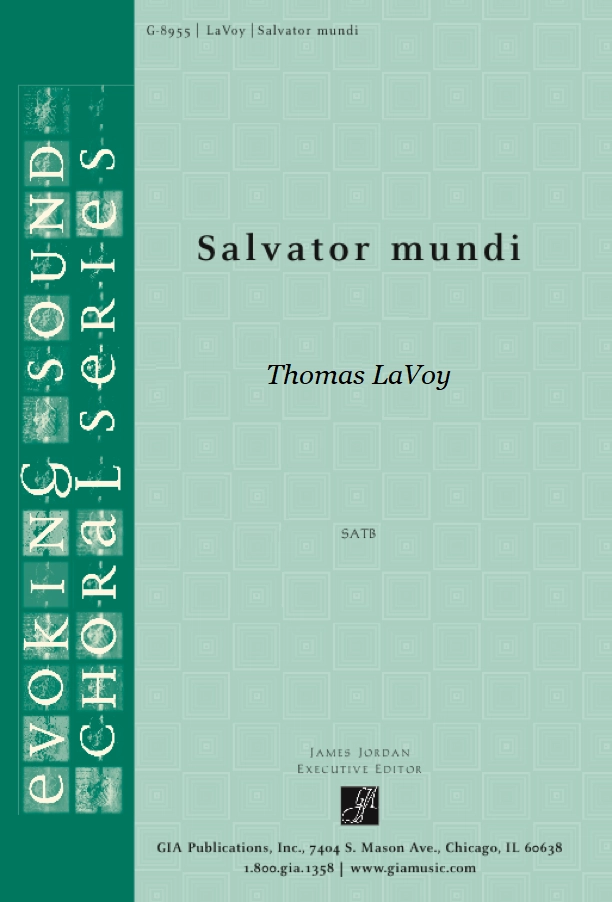
Additional Photos:
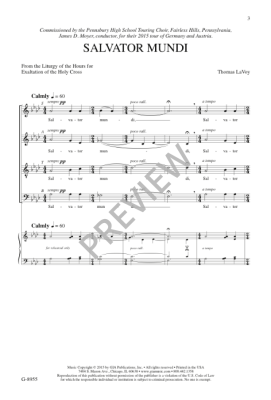
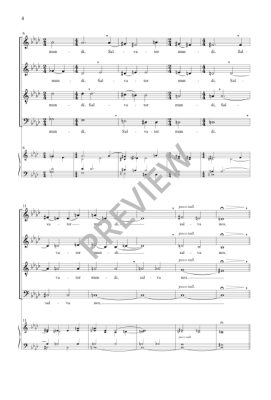
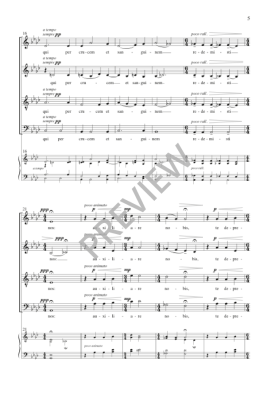
- Author/Composer:
- LAVOY, THOMAS
- Instrumentation:
- SATB A CAP
- Model #:
- G-8955
Format: Choral Octavo
Language: Latin
Voicing: SATB a cappella
"My setting of this well-known prayer is largely based on a piece of 16th-century visual art of the same name, Salvator mundi, attributed to Leonardo da Vinci. Though many artists have created similar paintings depicting Christ in this fashion, Leonardo's is of the small minority in which the orb that Christ holds in his left hand lacks any sort of ornamentation or indeed any kind of religious symbol at all. The orb, as it appears in other depictions, is referred to as a globus cruciger (cross-bearing orb). This term does not apply in this instance, as the orb lacks a cross, existing purely as an unblemished globe, calm and serene, mirroring the expression that is present on Christ's face.
This piece should be sung in largely the same way that the painting appears on the canvas: subdued and reverent. The dynamic contrasts in measures 22-28 represent a very human supplication to Christ, but they should not be overstated or dramatic in any way. Such is the case with the entire work; it is a very introspective take on the prayer's text, and as such it should feel quietly restrained and reflective throughout. The piece ends with four double-barred repetitions of the word "Deus," representing the four points of the cross." - Thomas LaVoy
Q & A
There are currently no questions for this product.
Reviews
There are currently no reviews for this product. Be the first to write one!



